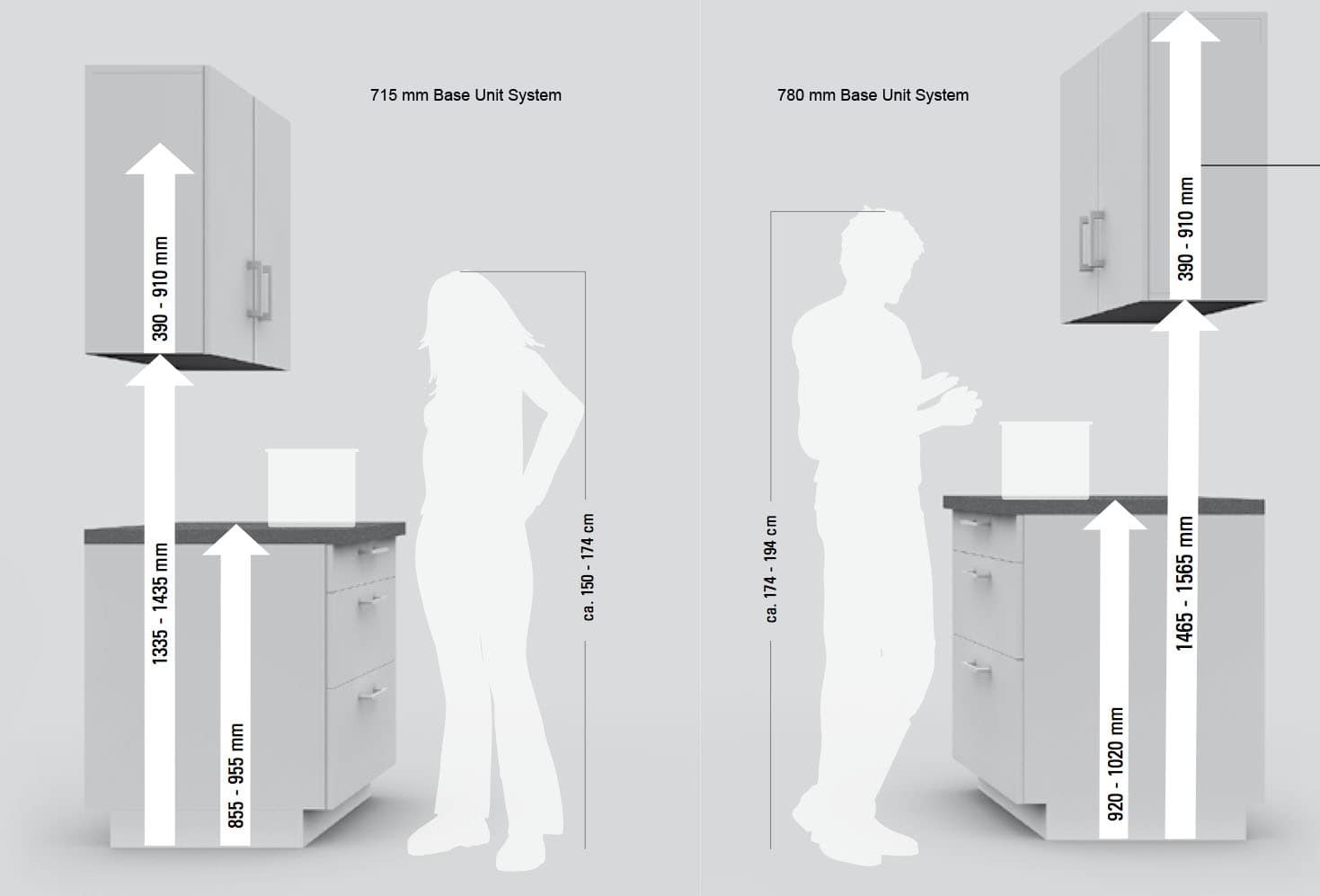Factors Influencing Upper Cabinet Height

The ideal upper cabinet height is not a one-size-fits-all solution. Several factors influence the optimal height, ensuring functionality and aesthetics in your kitchen. These factors encompass both practical considerations and personal preferences.
Ceiling Height
The height of your ceiling significantly impacts the placement of your upper cabinets. In rooms with high ceilings, you have more flexibility to install taller cabinets, creating ample storage space. Conversely, lower ceilings necessitate a more compact cabinet design to avoid a cramped or overwhelming feel. A common guideline is to leave at least 18 inches between the top of the cabinets and the ceiling to maintain a sense of spaciousness. However, this can vary based on personal preference and the overall design aesthetic.
Personal Preferences and User Height
Ultimately, the most crucial factor is personal preference and the height of the individuals using the kitchen. Tall individuals may prefer higher cabinets for easier access, while shorter individuals might find lower cabinets more comfortable. Consider the primary users of the kitchen and their comfort levels when determining the optimal height.
Impact of Factors on Upper Cabinet Height
| Factor | Impact on Upper Cabinet Height |
|—|—|
| Ceiling Height | Higher ceilings allow for taller cabinets, while lower ceilings necessitate a more compact design. |
| Personal Preferences | Individuals may prefer higher or lower cabinets based on their height and comfort levels. |
| User Height | Taller users may prefer higher cabinets for easier access, while shorter users may find lower cabinets more convenient. |
Considerations for Upper Cabinet Placement: How High Should Upper Cabinets Be From Countertop

The placement of upper cabinets is a crucial aspect of kitchen design, influencing both functionality and aesthetics. Optimizing cabinet placement requires careful consideration of several factors, ensuring a balance between practicality and visual appeal.
Functionality of the Space, How high should upper cabinets be from countertop
The functionality of the space is paramount in determining upper cabinet placement. This involves considering the specific needs and usage patterns of the kitchen.
- For kitchens with limited countertop space, upper cabinets can provide valuable storage solutions. Placing cabinets closer to the countertop maximizes vertical space and allows for efficient storage of frequently used items.
- In kitchens with ample countertop space, upper cabinets can be positioned higher to create a sense of openness and visual balance. This can be particularly beneficial in smaller kitchens, where maximizing vertical space is essential.
- The placement of upper cabinets should also consider the location of appliances, such as the refrigerator, oven, and microwave. Cabinets placed near these appliances should be strategically positioned to ensure easy access and avoid obstructing functionality.
Accessibility for Users of Different Heights
Accessibility is a critical factor in upper cabinet placement, particularly for users of different heights.
- Lowering the height of upper cabinets can enhance accessibility for shorter individuals, allowing them to reach items without straining or using a step stool. This is particularly important in kitchens where accessibility is a priority.
- Conversely, taller individuals may find excessively low cabinets inconvenient and aesthetically displeasing. They may need to stoop or bend over to reach items, leading to discomfort and potential injury.
- A compromise can be achieved by using adjustable shelves or pull-down mechanisms in upper cabinets. This allows users of different heights to adjust the shelf positions to suit their individual needs.
Aesthetics and Visual Balance
Aesthetics and visual balance play a significant role in determining the placement of upper cabinets.
- Excessively high upper cabinets can create a visually overwhelming effect, making the kitchen feel cramped and cluttered. They can also create a sense of disproportion, especially in smaller kitchens.
- Conversely, excessively low cabinets can appear disproportionate and visually unappealing, disrupting the flow of the kitchen space. They can also create a sense of crowding and make the kitchen feel smaller.
- The ideal placement of upper cabinets should create a visually pleasing balance between the upper and lower cabinets. This can be achieved by considering the overall dimensions of the kitchen, the height of the countertop, and the style of the cabinets.
How high should upper cabinets be from countertop – Deciding on the perfect height for your upper cabinets can be tricky, but it’s essential for both functionality and aesthetics. Just like choosing the right bedroom quotes wall art can set the tone for your space, the placement of your upper cabinets can significantly impact the overall flow and feel of your kitchen.
Remember, a standard height of 18 inches from the countertop is a good starting point, but adjust based on your own needs and preferences.
The optimal height for upper cabinets above countertops depends on factors like your height and the overall design of your kitchen. If you’re looking for inspiration, you might find some interesting ideas on western bedroom ideas pinterest , where you’ll find a lot of rustic and traditional styles.
But remember, a well-designed kitchen should be functional and aesthetically pleasing, so choose a height that works best for you and your space.